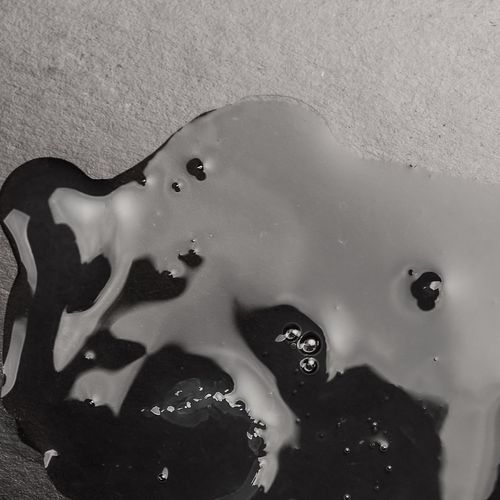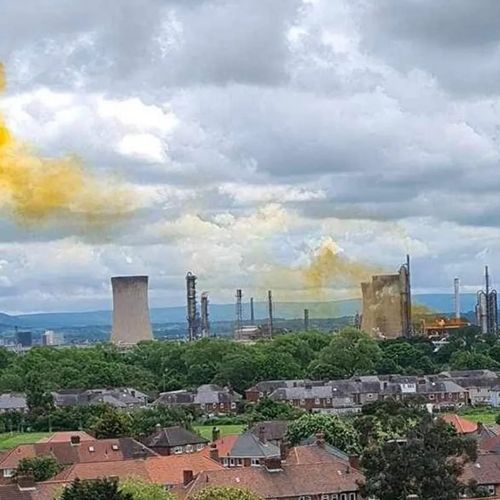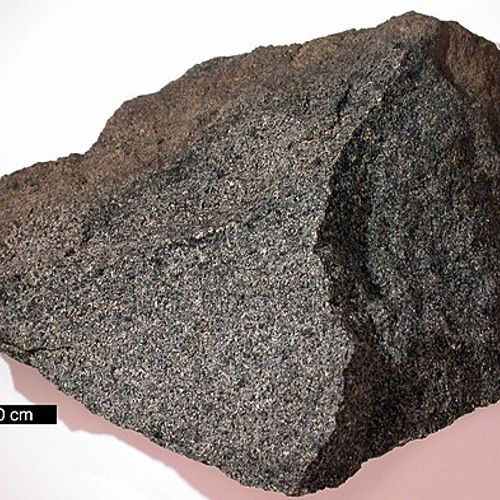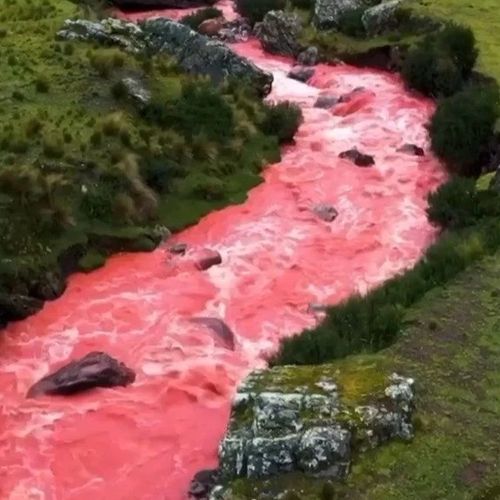
| Added | Mon, 05/02/2024 |
| Источники | |
| Дата публикации | Mon, 05/02/2024
|
| Феномены | |
| Версии |
The streets of Caracas, the capital of Venezuela, have been terrorized by a mysterious black slime for many decades. It is known by various names, and over the years has caused many car accidents. Popular Mechanics magazine talked about La Mancha Negra, one of the unsolved mysteries of science.
A Brief History of La Mancha Negra
In 1986, road workers first noticed black slime on a major highway connecting Caracas and Simon Bolivar International Airport. The Chicago Tribune was the first to report this in 1992: at that time, the media described the mucus as "a thick black mess, similar in consistency to chewing gum." Between the appearance of the slime in the mid-1980s and a newspaper report in the early 1990s, the stain spread over an area of almost 13 kilometers. In addition, during this time, the slime allegedly caused the deaths of 1,800 motorists, although this figure has no direct source.
A local taxi driver, in a conversation with the Chicago Tribune, said that driving on viscous, but at the same time slippery slime resembles "racing in the Grand Prix." They tried to clean the stain with the help of special equipment, machines, cleaning products and crushed lime. For a short time, the mucus really disappeared, but in 2001 it again reminded of itself: during this period, the thickness of the mucous coating in some places reached one inch.
What do scientists think
There are two theories explaining the origin of La Mancha Negra. One claims that the reason lies in the poor quality of asphalt; the second blames the leak of oil from underground reservoirs.
La Mancha Negra could have appeared as a result of the treatment of asphalt with emulsifiers: so the road services could get a product comparable in quality to ordinary asphalt, but much cheaper. Theoretically, one of the phases of the treated asphalt separated from the mass, after which it "floated" to the surface in the form of a slimy black spot on the road.
If we talk about oil, leaks usually occur at one critical point. Such an incident is unlikely to lead to uniform bottling of petroleum products over such a large area. In addition, heavy oil usually settles below, rather than being knocked out to the surface of the earth.
In other words, the theory of bad asphalt is more likely, but the case is still strange. Degradation of asphalt in a clean atmosphere is an unusual phenomenon. There is a possibility that some part of the asphalt also received other chemical impurities, thanks to which the material was able to transform in reaction to some kind of atmospheric stimulus. For example, high temperatures: even good asphalt can become sticky in hot weather. Caracas, of course, is not as hot as India, where melting curbs sometimes "eat" the shoes of passers-by, but it is consistently warm there.
Новости со схожими версиями
Log in or register to post comments









